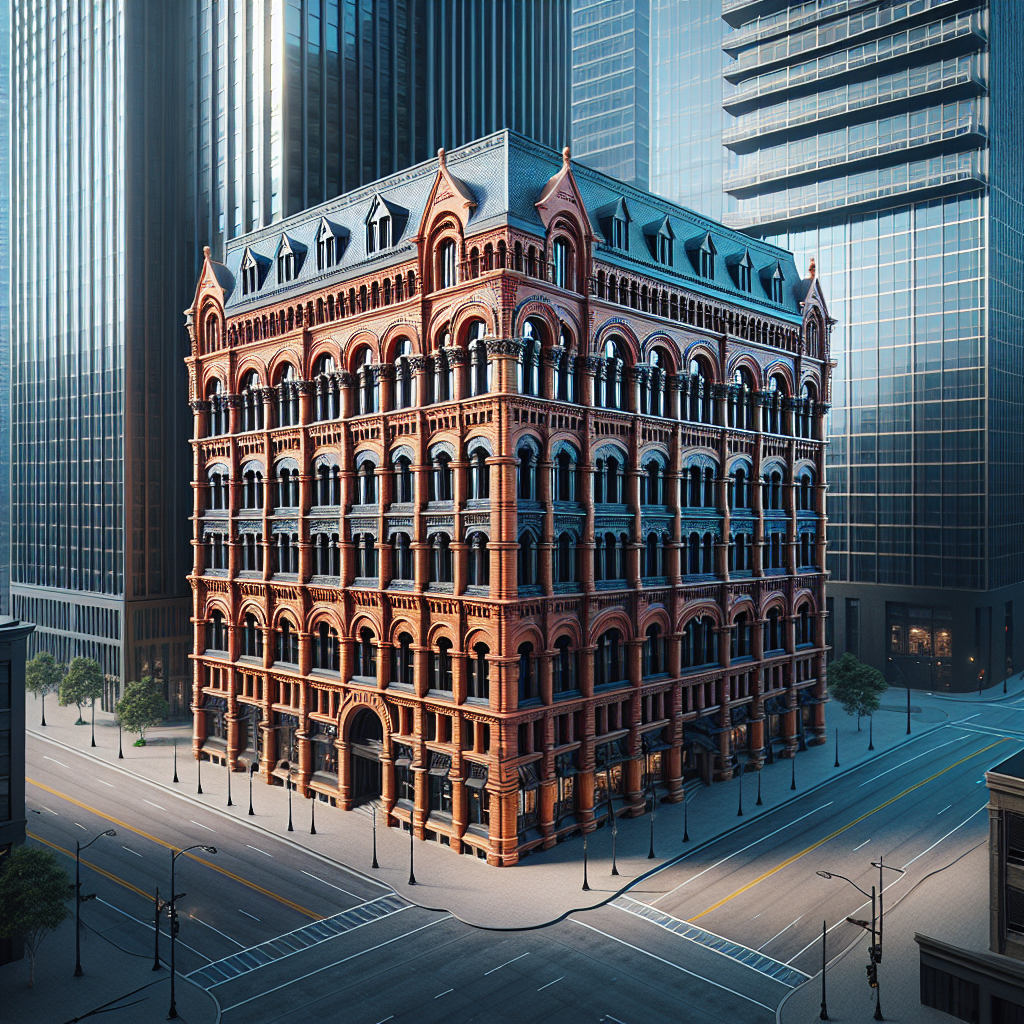Brick by brick, the Rains Brothers Building in Shawnee, Oklahoma, embodies a rich history that few can rival and even fewer acknowledge. Constructed in 1929 by the Rains Brothers, two visionary entrepreneurs with an eye for architectural grandeur and commercial expansion, this building stands as a testament to what American ambition was and still can be. Situated at the bustling intersection of Ninth and Beard Street, the building unwaveringly maintains its original splendor even as much of the surrounding area succumbed to modern mandates and uninspired renovations. So why should we even care about a block of bricks in a small-town county? Because it quietly screams at our current culture, chastising us for the pseudo-progress that discards classic craftsmanship for soulless standards.
Fast-forward to today: the Rains Brothers Building is not just a relic shell of what America once stood for, but a vibrant hub that defies society’s rush toward vacuous modernity. Against the backdrop of American history, these walls have witnessed the country’s highs and lows, economic booms, and the near collapse of industries. What makes this edifice an unsung hero is its unapologetic permanence through political and cultural shifts, a prime example showing that not everything demands progressive overhaul to remain significant.
The building initially served as the centerpiece for Shawnee’s business district, hosting a variety of tenants from dry goods stores to law firms. With its intricate craftsmanship and no-frills opulence, the Rains Brothers defied economic downturns with sheer stubbornness resembling the grit portrayed in any true success story. Unlike our bustling, globalized metropolises where skyscrapers seem to compete on who can reach the heavens first, the Rains Brothers Building assembles its mystique from remaining elegantly grounded, suggesting dramatic growth doesn't have to reach for the skies when deeper roots offer more stability.
Let's set the record straight: for all the talk about sustainability, the green revolution, and other hand-wringing campaigns, this building illustrates that longevity and responsible stewardship are not about noisy disruptions or regulations. They're about building things right the first time. Irony often smacks you right in the face—you know, like when you realize some new "green" buildings need a law degree to understand their compliance standards while this old-timer quietly thrived long before zero-carbon footprints became fashionable cocktail talk.
One could argue the Rains Brothers Building is not just an architectural staple but also an insightful critique on how our current society handles innovation. Today’s fast-track economy fixated on the new and shiny seems hastily willing to overlook the longevity of materials and craftsmanship. Instead, it opts for temporary solutions that require exhaustive overhauls every few decades. The stoic endurance of this building is a reminder of the virtues of proper construction and a sustainable legacy.
For the mindful observer, the Rains Brothers Building is much more than adornment in everyday life. It’s an educational tool, offering concrete lessons about resilience, planning, and sturdy American values that don’t easily sway with every trendy wind gusting in from the coasts. Its period-specific architecture blended with the town's dynamic history proves that true unity doesn't tear down heritage but builds upon it.
A tour inside this storied structure showcases elaborate brickwork, seemingly simple yet artistically enduring. While some might understate it as a mere "old building," enthusiasts can clearly see stratifications of craft that overflows beyond ornamental purposes. The tile flooring, intricate woodwork, and cast iron detailing speak a silent language that many modern-day architects strive to translate but can seldom replicate.
There's enough verbal clutter in today's society rallying against each foundation that built this nation. The Rains Brothers Building stands firm against this ongoing clamor, echoing lessons often overlooked in today's frenetic and shallow rush. It champions individual fortitude over centrally orchestrated mandates that misappropriate progress. It's a quiet rebuttal against governing bodies that seem to believe progress must erase rather than elevate historical consciousness.
The Rains Brothers Building defiantly holds its ground, urging us to never forget the timeless efficiency of combining traditional values with forward-thinking strategies. It nudges silently yet forcefully at today's overly self-assured culture, suggesting perhaps that innovations should be partnerships grounded in discernment rather than fads masquerading as revolutions.
Rooted in the viscosity of time, these layers of evolved human thought embodied by one humble building offer more to learn than a hundred policy documents. Its steadiness provides a poignant metaphor for how true progress may indeed emerge not from sweeping modifications but from deliberate, examined innovation. As we march toward future advancements, perhaps the most revolutionary step we can take is acknowledging the wisdom carved in bricks that remain contentedly unfazed by time.

